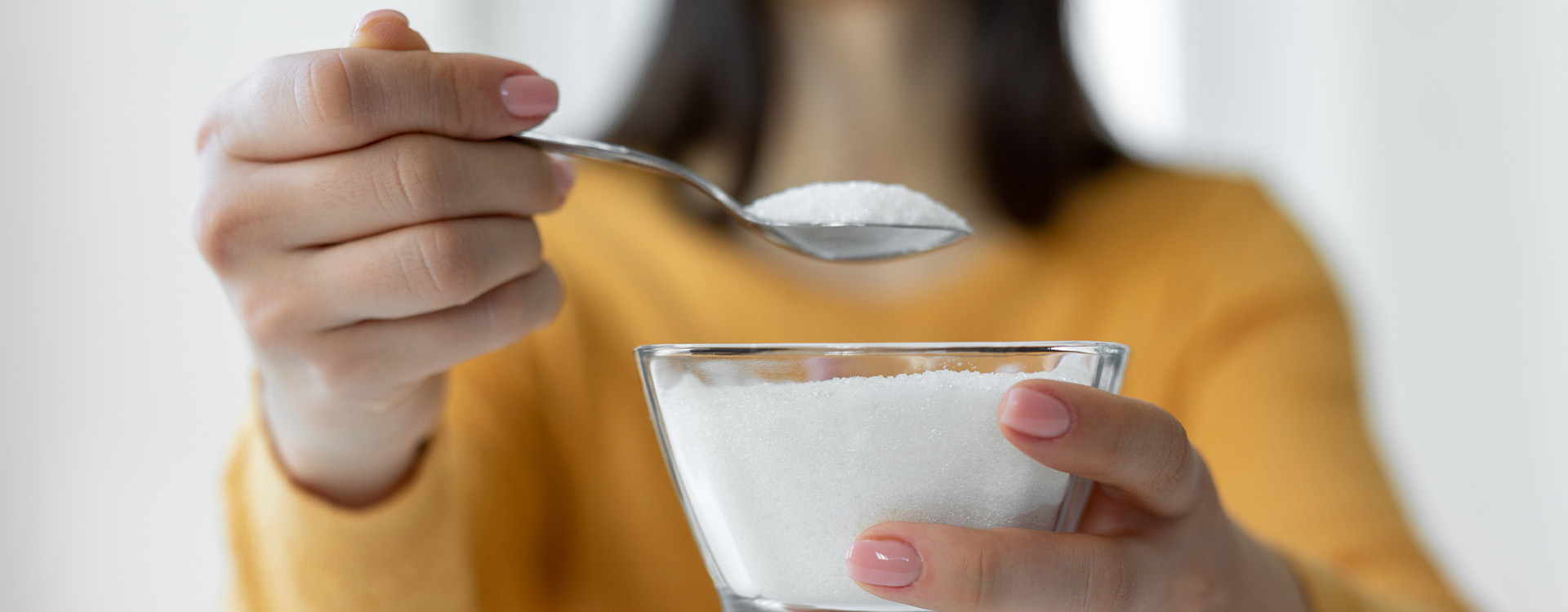Stroke – also known as a “brain attack”– is a top cause of disability in our country and the fifth leading cause of death. Can you recognize the three major warning signs of stroke? If so, you could save a life – maybe even your own.
Warning Signs of a Stroke
Just remember the acronym BE FAST:
- Balance: Sudden dizziness, loss of balance or coordination
- Eyes: Sudden trouble seeing out of one or both eyes
- Face drooping: One side of the face may droop or feel numb.
- Arm weakness: One arm may become weak or numb.
- Speech: Speech may be slurred or difficult to understand.
- Time to call 911: If someone has any stroke warning signs, call 911 right away and get them to a hospital. Never attempt to drive yourself to the hospital if you think you may be having a stroke. The faster you receive medical treatment, the lower your risk of permanent disability or death.
What Causes a Stroke?
While the brain only makes up 2 percent of the body, it uses 20 percent of the body’s oxygen. When the brain doesn’t get enough oxygen from its blood supply, brain damage or death can occur.
A stroke happens when the oxygen-rich blood supply to the brain is blocked by plaque buildup or blood clots (called an ischemic stroke) or when a blood vessel bursts in the brain (called a hemorrhagic stroke). Eighty-seven percent of strokes are caused by blockages.
Some people first have a “mini-stroke” called a transient ischemic attack (TIA). A TIA occurs when the brain’s blood supply is temporarily blocked, often for just a few minutes. A TIA is a warning that you are at risk for a future stroke.
Always seek medical care if you have any signs of a stroke, even if they go away after a few minutes.
How to Prevent Stroke
You can greatly decrease your risk of stroke with a few simple choices.
- Choose healthier foods. Eat a healthy diet that is low in saturated fat, trans fat and sodium. Be sure to get plenty of fiber found in vegetables, fruit, and whole grains.
- Quit smoking. Ask your primary care doctor for help quitting – you don’t have to do it alone.
- Limit how much alcohol you drink. Drinking too much alcohol can raise your blood pressure, which is a risk factor for stroke. Men should limit alcohol consumption to two drinks per day; women should drink no more than one drink per day.
- Get regular physical activity. You don’t have to go to the gym or start running to reduce your risk. As physicians, we can’t say it enough: walking is a wonderful form of exercise and is ideal for people of all ages and fitness levels. Aim for 30 minutes a day if you’re an adult. Kids need at least one hour of activity a day.
- Lose weight if you are overweight or obese. Carrying extra weight can up your chances of stroke. Talk to your doctor if you are having trouble losing weight.
- Get a yearly physical. A physician can tell you if you have high cholesterol, high blood pressure, diabetes, or heart disease. When left untreated, these conditions put you at a higher risk for a stroke. If your doctor prescribes you medicine for these conditions, take it as prescribed.
A Better Chance for Recovery
Getting treatment as quickly as possible is crucial to stroke recovery. In the earliest stages of a stroke, there are medications available (tissue plasminogen activator, or TPA) to break up the blood clot. These “clot-buster” drugs have been shown to reduce the extent of injury from a stroke and improve long-term outcomes in patients with a stroke.
New data shows that the window for treatment may be extended beyond 3 to 4.5 hours, but time is still critical, which is why getting to the nearest emergency department at the first sign of a stroke is so important.
Intensive Therapy for Stroke
For patients who require more intensive therapy for a stroke, we may recommend thrombectomy, a treatment offered at larger hospitals. During this procedure, the clot is physically removed from the blocked blood vessel by a specialist using a catheter in the artery.
The best treatment still starts with early recognition and getting to your nearest hospital as soon as possible by calling 9-1-1. If you need more intensive therapy like thrombectomy, you can be transferred to a specialty hospital after you are stabilized.
Click here to learn more about stroke treatment at Pardee.





